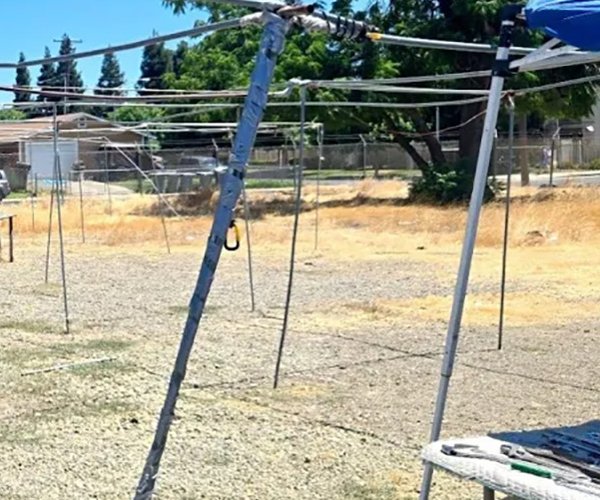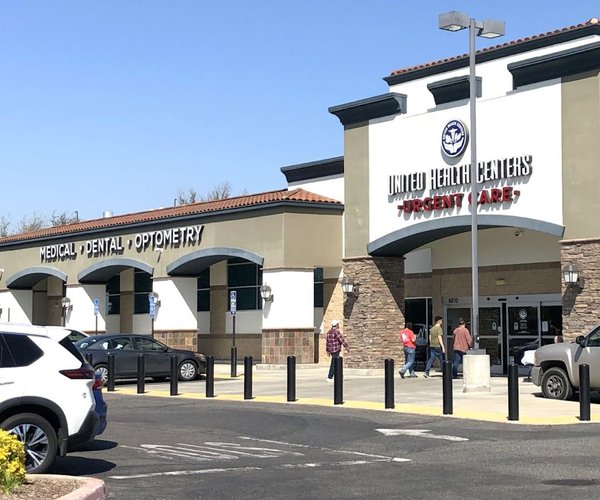A number of potential problems face the City of Turlock’s drinking water supply in the year to come, according to a report delivered Tuesday by Michael Cooke, Turlock Regulatory Affairs manager.
The City of Turlock has already closed one well due to high nitrate levels, and three more are close to the legal limit for arsenic content. Ten of the city’s 23 wells are at least 30 years old and some date back to World War II, making their continued reliability somewhat questionable.
While a new well costs about $1 million and can be constructed in 12 to 18 months, the declining groundwater quality makes continued reliance on wells a potential challenge.
“In the old days we could just drill a new well and pump and we’d be fine,” Cooke said.
Now, Cooke said wells drilled too shallow would run into high nitrate levels — an “immediate health concern” — while deeper wells face arsenic contamination. Additionally, the groundwater is becoming increasingly salty, Cooke said, which poses challenges for wastewater treatment.
While wellhead treatment — installing small water purification plants at the source of pumping — is an option, Cooke said, some well sites aren’t large enough to accommodate the development.
And it doesn’t address the larger problem that groundwater levels are declining, despite use leveling off.
According to groundwater maps Cooke showed, a depression in the groundwater table has formed east of Turlock near the Eastside Water District. Due to the District’s high levels of pumping, groundwater is now flowing to fill that depression before coming close to Turlock’s wells.
Cooke offered a few possible solutions for the City of Turlock’s future water needs, including groundwater recharge whereby the city’s wastewater would be pumped back into the subterranean aquifer. But that solution would be extremely pricy, as water would need to be treated with reverse osmosis before pumping, and may be used by other nearby cities rather than Turlock.
“Groundwater’s not regulated like surface water,” Cooke said. “… It doesn’t belong to us once you put it in the aquifer.”
Another option floated — building a city water treatment plant which would operate using Turlock Irrigation District water sent down Laterals 3 and 4 — also seemed an unlikely solution. TID would not be inclined to sell the water to Turlock as it does not benefit the District, Cooke said, and deliveries would be intermittent — not a preferable situation for a water treatment plant.
The elephant in the room was the proposed Regional Surface Water Treatment Plant, a regional project that would take TID water from a straw in the Tuolumne River near the Fox Grove Regional Park off Geer Road , chlorinate it and prepare it for human consumption. TID is already required to put water down the river to maintain fish habitats, but would be allowed to remove it at that point. Constructing the surface water plant would ensure other municipalities don’t later attempt to claim the water downstream.
“On the negative side, it’s a significant capital investment,” Cooke said.
Turlock’s share of the $197 million project would amount to about $85 million, plus $8.5 million a year in ongoing expenses, in exchange for 15 million gallons of water each day.
Today, a Turlock single-family home using 22,000 gallons per month will pay, on average, a $25.54 monthly water bill. That figure will rise to approximately $41.68 by 2014-2015 regardless, but with the new surface water treatment plant City projections see bills hitting $96.97.
The City of Turlock has $23 million in water reserve funds and $9.6 million in unspent bond proceeds that could be put toward the project, reducing the impact on ratepayers. The project could also be eligible for state and federal grant funding, and a regional committee has been established to further investigate the costs.
The changeover to a metered water system, set for Jan. 1, 2011 and required by state law, could cut into Turlock’s water fund reserves, though. As usage is expected to decline, revenue is projected to follow, leading the City of Turlock to burn through $1 million in reserves each year unless rates are raised.
Councilmembers opposed a preemptive rate increase on Tuesday, citing the undue stress such an increase could put on ratepayers in this challenging economy.
“The timing right now is terrible,” Councilwoman Amy Bublak said.
The Turlock City Council agreed to take a wait-and-see approach to rate increases, using reserves for a year to determine the true financial impacts of the changeover to metered billing. Until the City has gathered enough information to make an informed change to rates, the city will effectively subsidize the cost of water for ratepayers.
No decision was made on a future source for the City of Turlock’s drinking water.
To contact Alex Cantatore, e-mail acantatore@turlockjournal.com or call 634-9141 ext. 2005.









